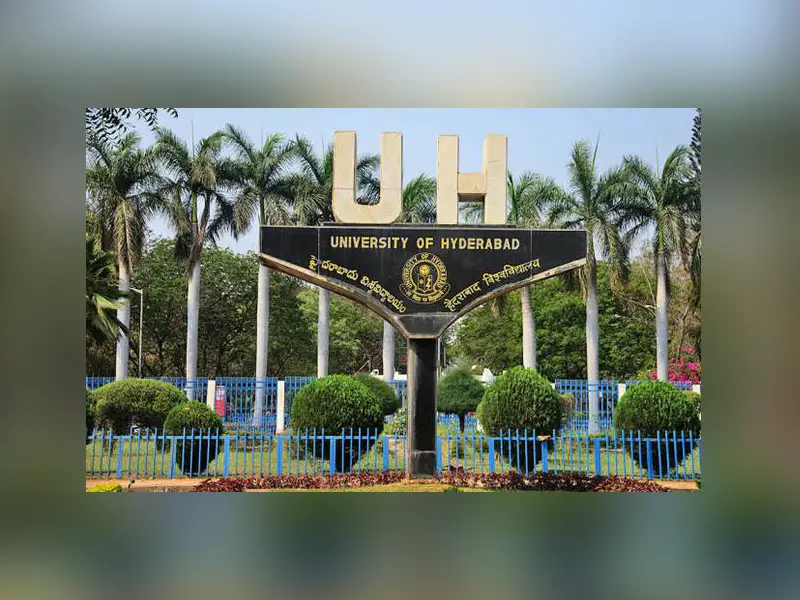University of Hyderabad to become COVID-19 testing centre
By Newsmeter Network
Hyderabad: In an attempt to boost the COVID-19 testing capacity of Telangana, University of Hyderabad has been identified as a testing centre under the city clusters, by the department of biotechnology (DBT), Government of India.
The testing is expected to take place in the laboratory in its Center for DNA Fingerprinting and Diagnostics (CDFD) in the university.
The Centre has identified city clusters in Hyderabad which can act as COVID-19 testing centres. These include the Center for DNA Fingerprinting and Diagnostics (CDFD) located within Hyderabad Central University, CSIR-Centre for Cellular Molecular Biology (CSIR-CCMB), National Institute of Animal Biotechnology (NIAB) and CSIR-Indian Institute of Chemical Technology (CSIR-IICT). The coordinating institution for Hyderabad is CSIR-CCMB.
In order to carry out the testing, the university is expected to allot 15 technical personnel for data entry, sample sorting and coordination with other testing labs. Meanwhile, the volunteers will have to undergo training for one and half days at the CCMB, before undertaking the actual testing. Volunteers have to be well-trained in handling RNA isolation and performing PCR (Real time polymerase chain reaction, a lab technique). The testing at CDFD will be coordinated by the School of Life Sciences, UoH.
The separate BSL-2 lab at CDFD will be ready for testing once the ICMR approved testing kits and required reagents are made available by CCMB.
The government has selected institutes and laboratories which have the capacity and expertise for both sample collection, handling/processing (BSL-2 facility) and testing (RT-PCR). RT PCR machines and manpower are the pre-requisites for these testing centres. The hubs selected are government owned laboratories approved by the respective ministries /departments (DBT, DST, CSIR, DAE, DRDO, ICAR etc.) as per ICMR guidelines.